Digital Strategy
The Met Police
Organisational change
The Met is the largest police force in the UK, serving 8.5 million people and employing over 43,000 staff.
Our project set out to understand the relationship between Londoners and the police so that we could balance the needs of both sides. While people wanted simple services and quick responses, the Met needed to reduce demand and admin in order to serve the public better. Our task was to map the way to making this reality.
Role:
Service Designer
Responsibilities:
planning and facilitating focus groups, conducting depth interviews, analysing police processes, creating concept storyboards, prototypes, and moderating lab and guerrilla user testing.
Team:
Service Designer (me)
Strategy Lead
UX Researcher
UX design support
Social Media Strategist
An unequal relationship
The public was put in a passive position, unable to play an active role in crime prevention.
They were conditioned to call when something went wrong and ask for help. They felt that there wasn't much they could do to keep London safe. We began to investigate where the outlooks of the two sides met best - digging deeper into the public's expectations as well as into the Met's long-established processes.


Approach
Embed in the organisation
Having set up camp at New Scotland Yard, close to the clients, we could run our thinking and findings by them as we went along. This underpinned the success of the project as it allowed us to build rapport and understanding.
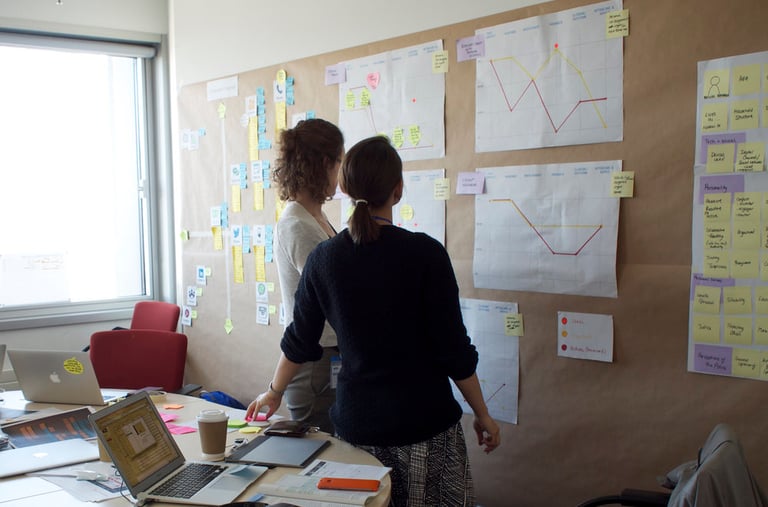

DISCOVERY
Empathy for the public and empathy for the police
We dedicated time to explore the public's needs and concerns through observations, interviews, group consultation sessions and surveys. In parallel, we shadowed police officers from various units - from responding to emergencies and patrolling the streets to taking reports in police stations. Our goal was to understand what the contact felt like for both sides and what improvements could ease the pain points.
ETHNOGRAPHIC RESEARCH
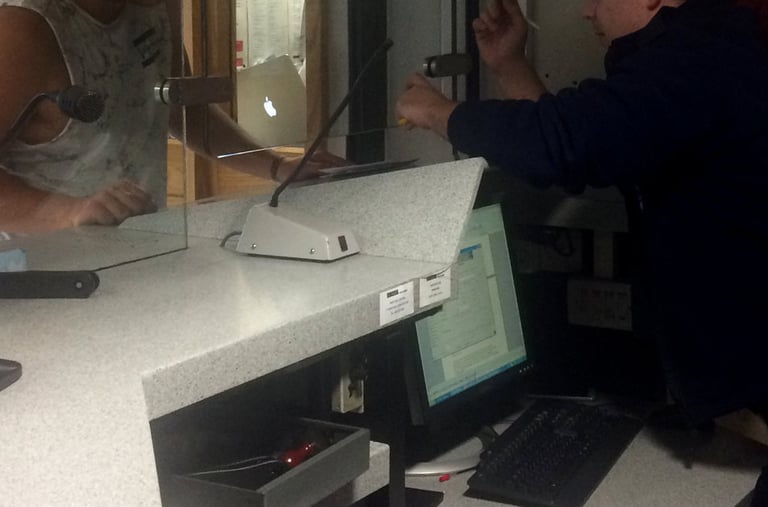

In-depth Service analysis
At the time, a lot of police services required a trip to a police station. Our research to date was pointing in the direction of digitisation - bringing services online and allowing people access at their convenience. We doubled down to analyse each process, the value it was delivering to the public and the volume of current demand for it. We plotted them on matrices to create a roadmap for digitisation.
PRIORITISATION
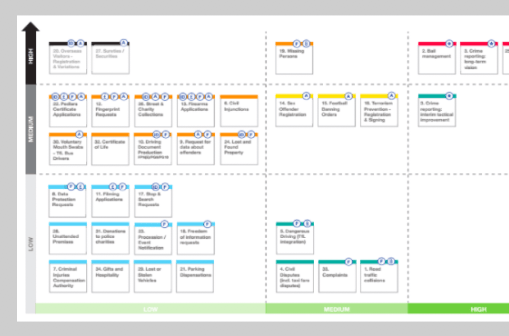

Mirrored sessions
To design each new service, we ran sessions that reflected the needs of both parties. First, we co-designed key services (e.g crime reporting) with members of the public and then with subject matter experts from the Met. Having the two outputs side by side, we could begin to see what functionalities were desired by both and where the differences were.
CO-DESIGN
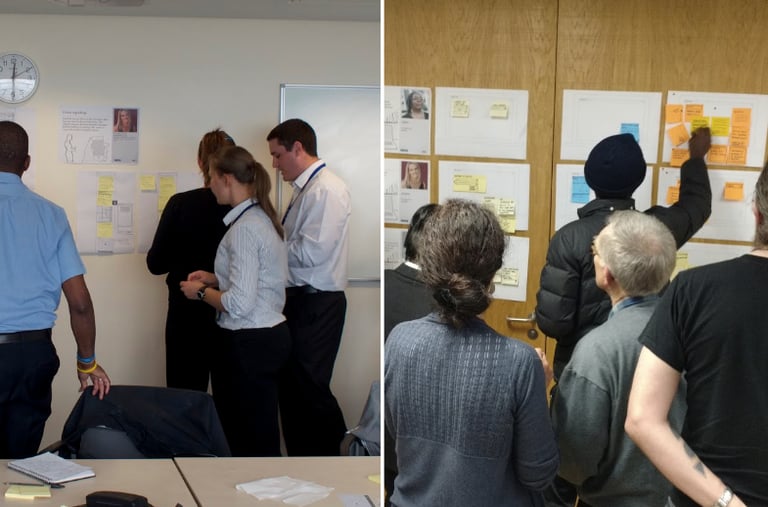

Excite with a vision
To ensure all new stakeholders were engaged in the strategy we proposed we produced a series of visual narratives that helped our message travel through the organisaiton. We also built a functioning prototype which, especially in the hands of users made the future vision tangible and real.
PROTOTYPING & TESTING
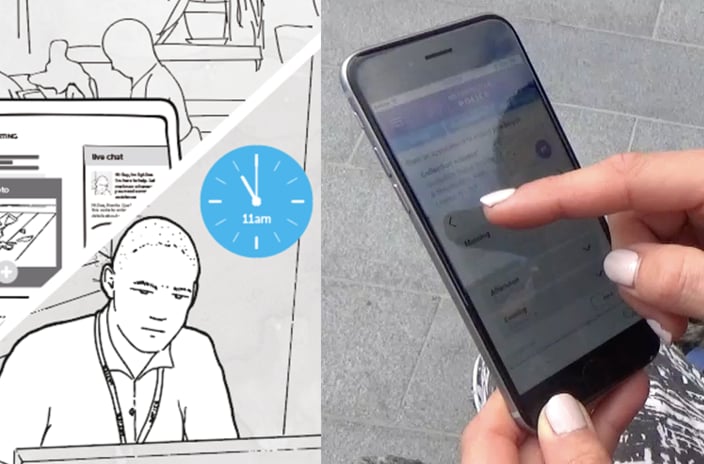

The Vision and the Role of Digital
Each new service we designed had to fulfil a promise in order to be a success.
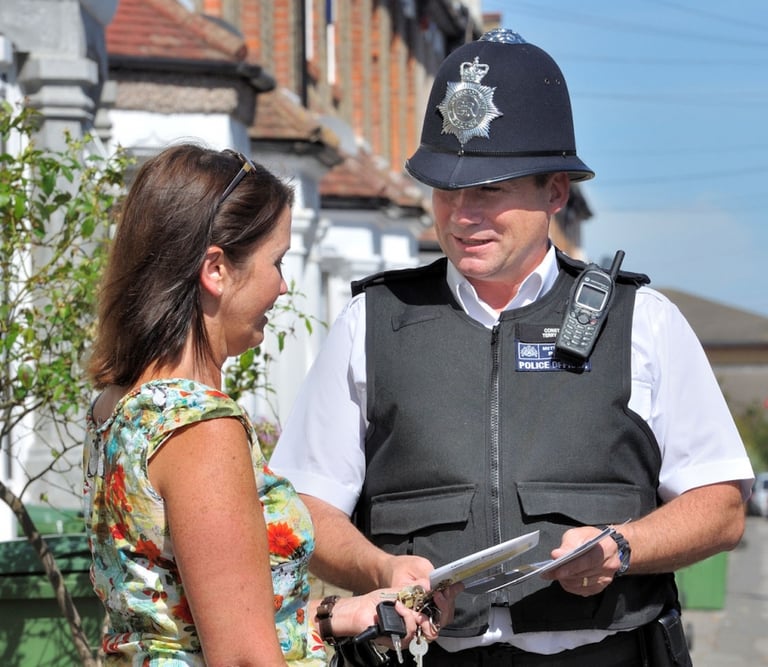

“The experience of contacting the police through digital channels will be as helpful, personal and reassuring as approaching an officer on the street.”
A sentence that sounds almost like stating the obvious helped us and the client stay on track. The role of digital police services was to inform, reassure and empower.
These became the pillars of our proposition.
Inform
“I know how and when to contact the police, and I understand what will happen when I do”
Reassure
“I am confident the police are tackling the issues that are important to me and my community”
Empower
“I have a valuable role to play in keeping London safe”
🤓
😌
✊
The Online Police Station
The Met Police Digital Transformation strategy outlined a number of projects that would together deliver this vision. The key one, and the hub for all the new digital services was the new Met website hosting a suite of police services available for all Londoners. I continued working with the Met and my role on the new project was to lead the design of the services. See the project here >

